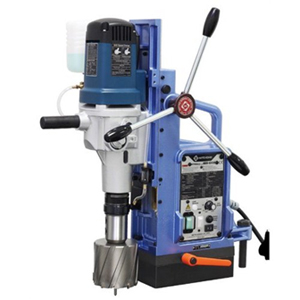Schedule a Call Back
India’s Blueprint to Localise Rare Earth Magnet Production
 Articles
Articles- Aug 30,25

Related Stories

Five Trends That Will Define the Evolution of Quick Commerce in 2026
Multi-city footprints expanded, service levels tightened, and fulfilment networks scaled from small clusters to nationwide grids.
Read more
Knauf India doubles capacity with new metal line at Khushkhera plant
The increased production capacity is expected to improve the company’s ability to meet rising domestic demand and support a wider portfolio of drywall and ceiling solutions.
Read more
Manufacturing to Drive 46% of Industrial Leasing by 2027: JLL
JLL forecasts manufacturing leasing to reach 34 mn sq ft across top cities.
Read moreRelated Products

Automotive Oil Pump
Kalpak Auto Pvt Ltd offers a wide range of
automotive oil pump.
Tata Motors unveils facilities for development of Hydrogen propulsion tech
Tata Motors, India?s largest automobile company, unveiled two state-of-the-art & new-age R&D facilities for meeting its mission of offering sustainable mobility solutions. The unveilings constitute of Read more
Tata Motors plans petrol powertrain for Harrier and Safari SUVs
Tata Motors is in the process of developing a new petrol powertrain for its premium sports utility vehicles, the Harrier and Safari, as confirmed by a senior company official. Currently, these models Read more













